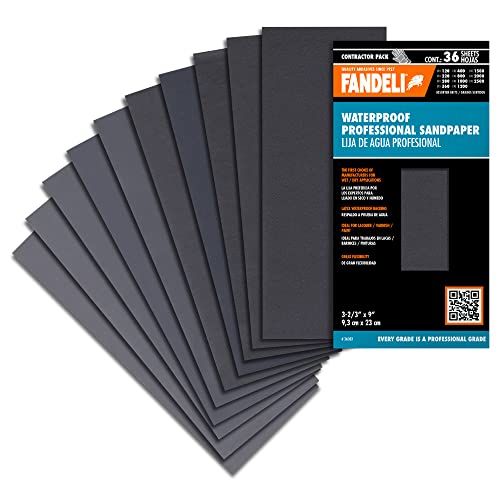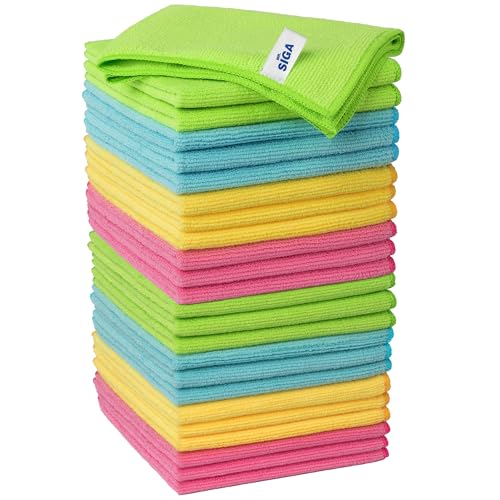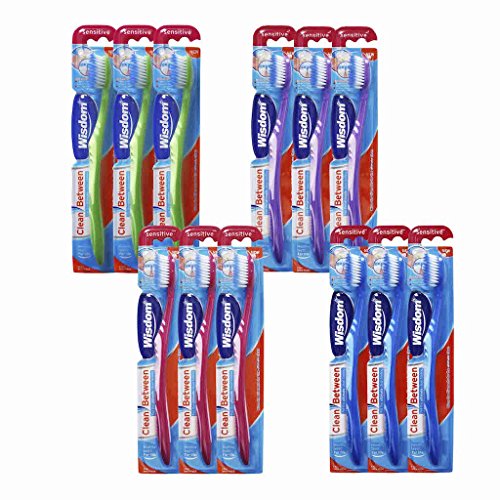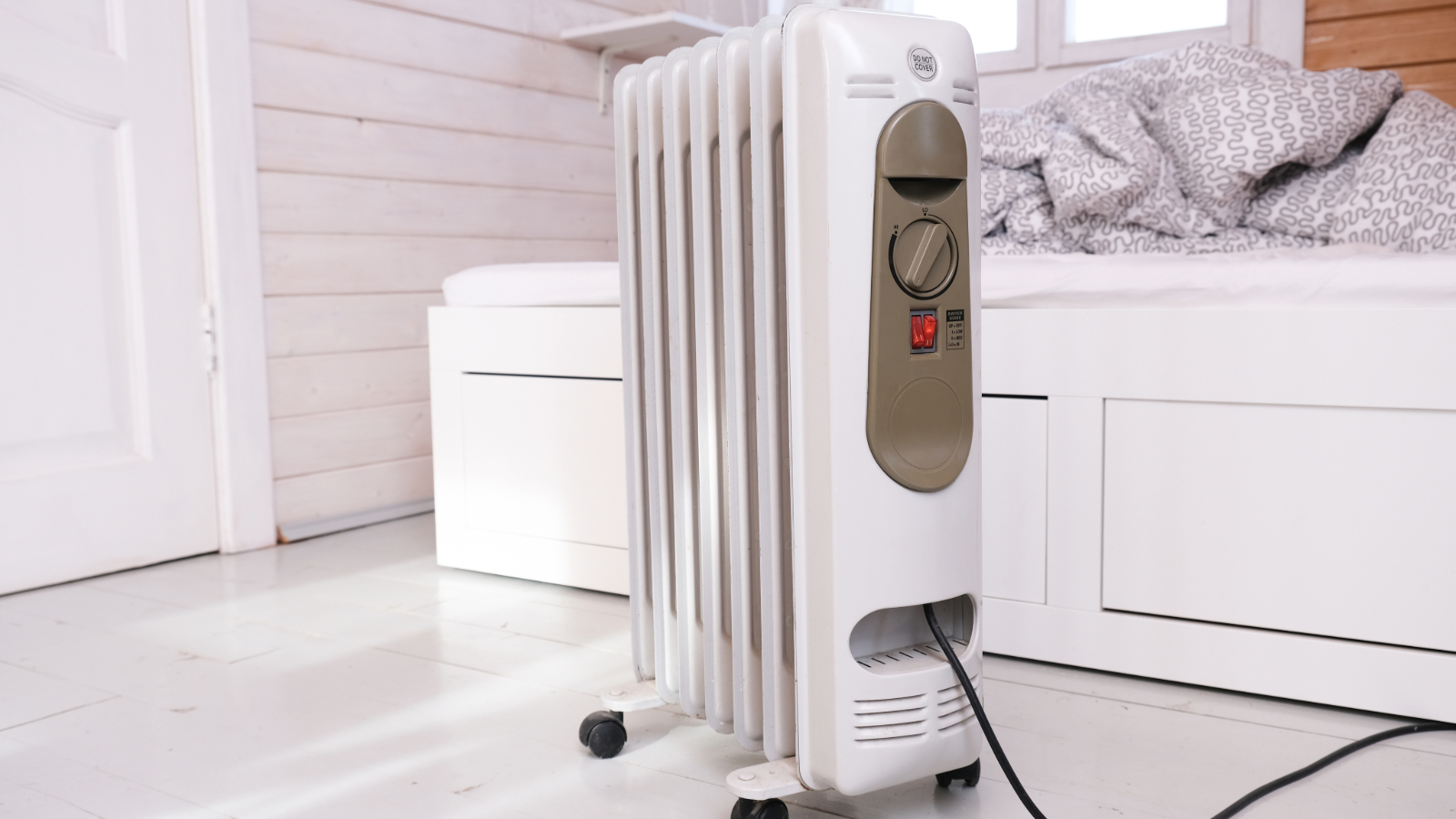Learn how to repair damaged chrome finish to make your taps and fixings shine
Knowing how to repair damaged chrome finish means you can keep your taps shiny for longer. Here the experts tell you how
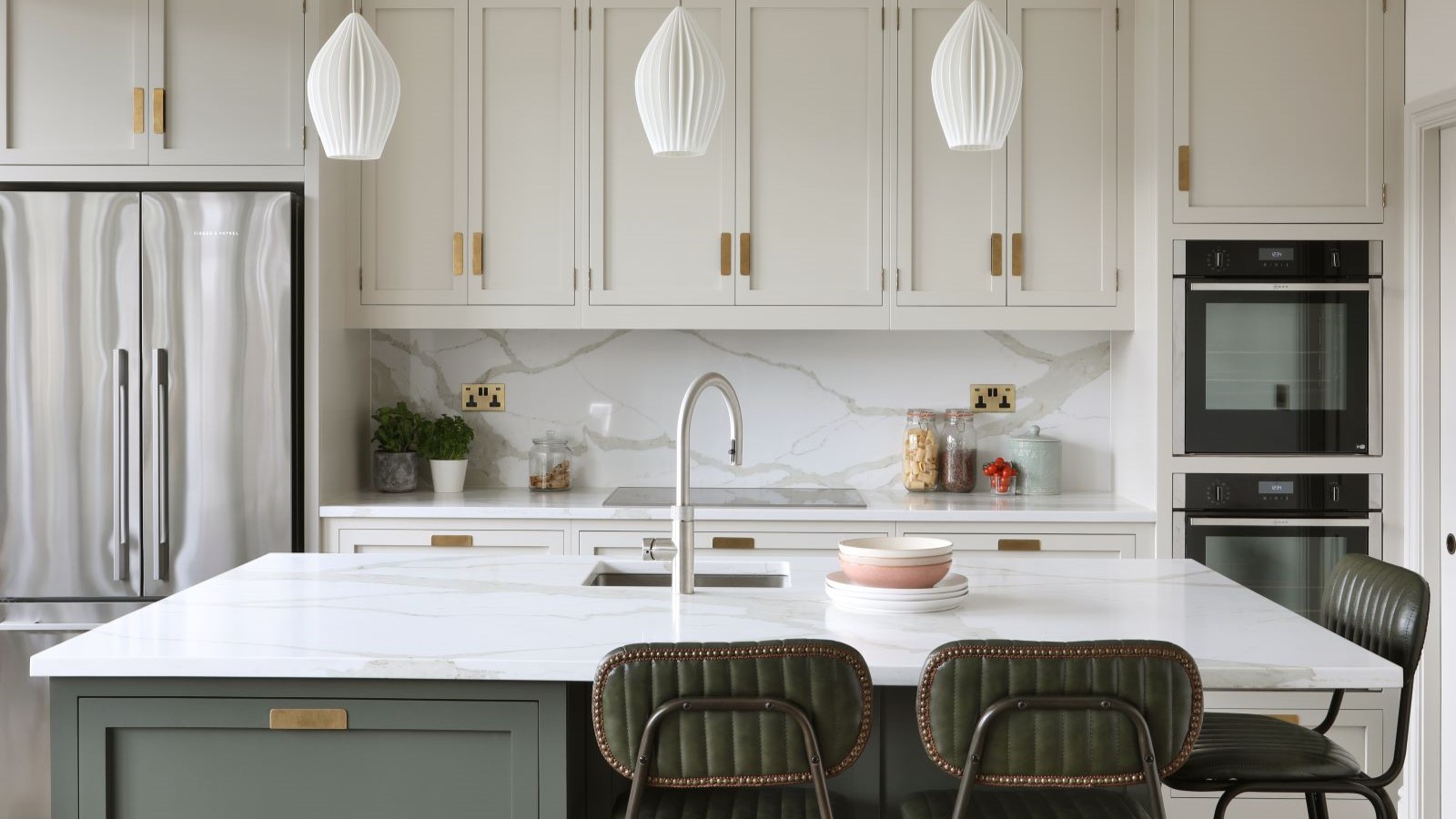
Bathroom taps can quickly be dulled by water splashback and ruined by limescale. So knowing how to repair a damaged chrome finish ensures that they can stay looking as good as the day that you got them. But you need to be careful how you repair and restore.
No-one wants that part of their best bathroom design ideas spoilt. Look after them the right way and it's unlikely to happen. But if they do need repairing, here the pros offer some must-know tips to make them shine.

Georgina is a home cleaning expert at Housekeep. She's interviewed thousands of the UK’s best cleaners and tradespeople, along the way learning the top tricks of the trade.
How to repair damaged chrome finish: What causes it to peel?
Taps are typically made of brass and covered with a thin layer of chrome to give them their shiny lustre and appeal. Chrome is relatively hardy but they are a few underlying issues that can cause problems, as Georgina Shepherd, cleaning expert at Housekeep explains, “Chrome itself is resistant to rust. However, if the surface layer gets scratched, air and moisture can seep in, causing rust to form. Over time, this weakens the chrome layer, leading to peeling.”
But scratches are not the only reason chrome starts peeling. Shepherd adds, “Limescale build-up from hard water can weaken the chrome finish. If not removed, this build-up can lead to peeling. Always dry chrome fixtures after getting them wet to avoid hard water building up.”
Shepherd says you also need to be careful what you use to clean chrome taps, “Harsh chemical cleaners or abrasive cleaning tools can damage the chrome surface, weakening the top layer, and causing peeling or pitting. Always check the label before using chemical products to ensure they are chrome safe. If in doubt, it’s best to use a gentle solution of dish soap and warm water for everyday cleaning.”
Thomas adds, “Products such as bleach and certain all purpose cleaners should be avoided, as the chemicals in these products may eat away at the chrome. Using abrasive cleaners or scourers can permanently scratch the surface of the chrome, leaving it prone to further damage.”

Jess Thomas is a well-recognised expert in the drainage and plumbing industry. Jess continually provides valuable insights on a wide range of industry topics, and is dedicated to helping homeowners find effective solutions to their drainage problems.
Try these tools to help repair your chrome fixings
How to repair and restore chrome finish
If the chrome on your taps, or any other chrome fitting, is starting to look jaded, is peeling or is damaged there are a number of smart ways to help as the pros reveal below.
1. Simple soap and water
Georgina Shepherd, says, “A good clean can work wonders for brightening up dull chrome. Dip a microfibre cloth into a solution of dish soap and warm water and gently wipe the surface, then rinse thoroughly. The key to a sparkling finish is to buff the chrome dry with a clean microfiber cloth after cleaning.”
Bring your dream home to life with expert advice, how to guides and design inspiration. Sign up for our newsletter and get two free tickets to a Homebuilding & Renovating Show near you.
Thomas suggests, “You can also try diluted vinegar (do not use undiluted vinegar, as this can damage the chrome finish), or create a baking soda paste to remove light layers of buildup. Whatever your chosen solution, use a soft sponge to apply it and rinse thoroughly afterwards.”
2. Buff away scratches
Thomas says, “Moderate scratches on chrome can be buffed away using jewellers rouge - like this Jewellers Rouge from Amazon on a polishing cloth. Jewellers rouge is a polishing compound that comes in varying grits.”
He adds, “Begin with a coarse grit before gradually progressing to a finer grit. Do not apply too much pressure or use a grit that is too coarse, as this can make the scratches worse.” One thing you shouldn’t use is steel wool, “This can leave permanent marks that ruin the chrome finish.”
3. Use a specialist chrome cleaner
When chrome becomes dull Thomas suggests using a specialist chrome cleaner. “Use one that is designed to remove dirt and other residues from the chrome. He adds, “Apply the cleaner with a soft cloth, and then buff the surface to make it shine after it is dry.”
4. Unexpected solutions
Alongside the more traditional cleaners and buffing Shepherd suggests a couple other unexpected options. “Kitchen foil can help get rusty chrome back looking its best. Ball up a piece of foil, dip it into a mild soapy solution, and gently rub the rust in small circular motions. Always keep the foil wet as this helps avoid scratching the chrome.”
And if you love a soft drink and have one at home, you can use that as well. “If you’ve got Coca-Cola handy, you can also use this instead of dish soap - the phosphoric acid in the cola can help break down rust.”
5. Classic water and vinegar
If you want to lift limescale off your chrome taps, vinegar is a household cleaning option as Shepherd shares, “A solution of equal parts white vinegar and water should do the trick for removing limescale from chrome.”
She adds, “Use a soft-bristled toothbrush along with the solution to scrub away the build-up gently. Remember to always rinse thoroughly afterwards, and buff dry for a streak-free finish.”
FAQs
Can damaged chrome be replaced?
If the chrome finish on your bathroom taps is damaged there are a few options to replace it as Shepherd shares, “Chrome paint – like this JENOLITE Chrome Spray Paint from Amazon is handy for small touch-ups here and there. It’s a quick and easy fix and relatively cheap.” She adds a word of warning, “However, this should only be a temporary fix, as it can easily chip and peel over time.”
The alternative to chrome paint is a chrome pen, adds Shepherd. “These are another option for minor touch-ups. Again, these should only be used as a temporary fix as they won’t last.”
Can you rechrome taps?
Yes you can as Shepherd explains, “Rechroming is a great option for taps that are too far gone to be restored. It involves stripping the old chrome before adding a fresh new layer.”
But rechroming is not something you can easily do yourself as Shepherd shares, “It involves electroplating, requiring specialised equipment which isn't usually available for an average DIY project. Hiring a professional tradesperson is the way to go for the best results.”
The cost will depend on a number of factors and can often cost more than a replacement such as these Traditional Chrome Basin Taps from Victorian Plumbing. But if you have antique or hard to replace taps then consider rechroming. Find a local service to get an accurate quote.
Can I paint chrome taps?
Yes you can, but you will need to make sure to prep properly and use the right paint. Ideally you want to remove a tap before painting, but you can paint in place. If you choose to paint in place you will need painters tape and dust sheets and cover the area around the tap. Have at least two feet of protection to catch any overspray.
First get a small wire brush or a scraper like this Stanley Plastic Window Scraper from Amazon to get rid of any loose chrome and rust. Now get a fine wet and dry sandpaper and give the taps a good rub down.
Next get a metal primer like this JENOLITE Universal Etch Primer Spray Paint from Amazon. Spray paint is a much better choice to get a smooth professional finish. To finish choose a suitable metal paint – like this Simoniz Matt Black Spray Paint (also from Amazon) – in the colour of your choice.
Repairing chrome bathroom fittings can be part of renovating a bathroom or a stop gap when looking to gut your old bathroom and get ready for the new. Check out our family bathroom design ideas and bathroom tile ideas for small bathrooms for inspiration.
Steve Jenkins is a freelance content creator with over two decades of experience working in digital and print and was previously the DIY content editor for Homebuilding & Renovating.
He is a keen DIYer with over 20 years of experience in transforming and renovating the many homes he has lived in. He specialises in painting and decorating, but has a wide range of skills gleaned from working in the building trade for around 10 years and spending time at night school learning how to plaster and plumb.
He has fitted kitchens, tiled bathrooms and kitchens, laid many floors, built partition walls, plastered walls, plumbed in bathrooms, worked on loft conversions and much more. And when he's not sure how to tackle a DIY project he has a wide network of friends – including plumbers, gas engineers, tilers, carpenters, painters and decorators, electricians and builders – in the trade to call upon.
